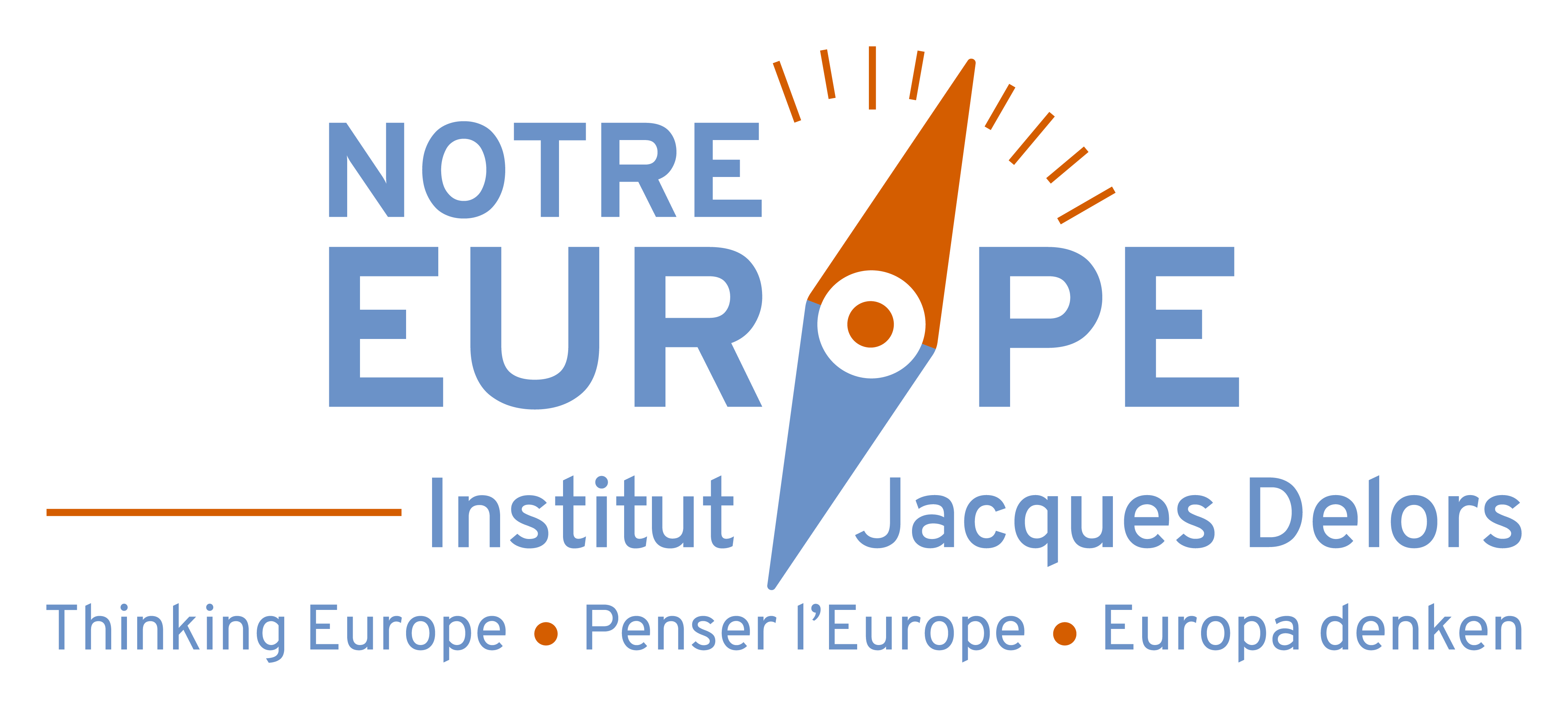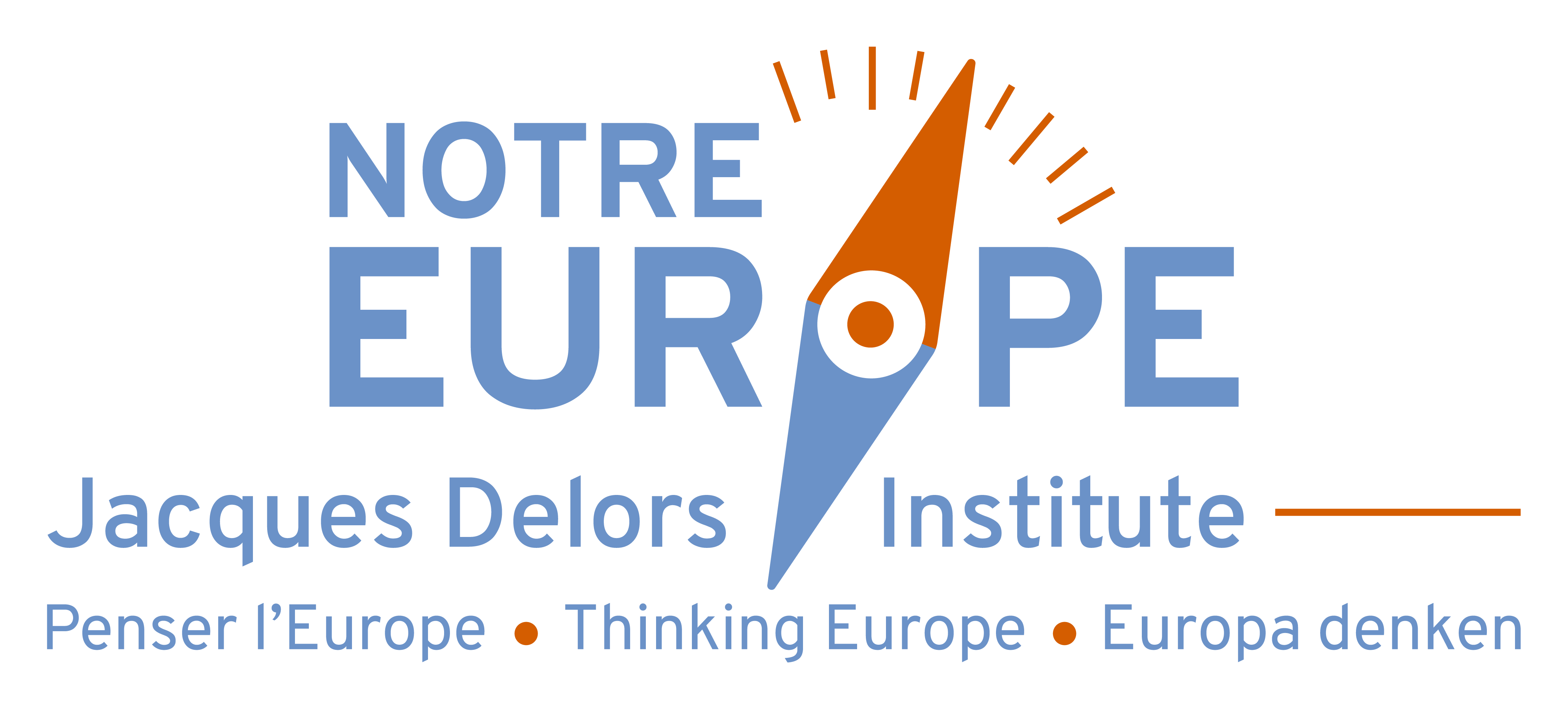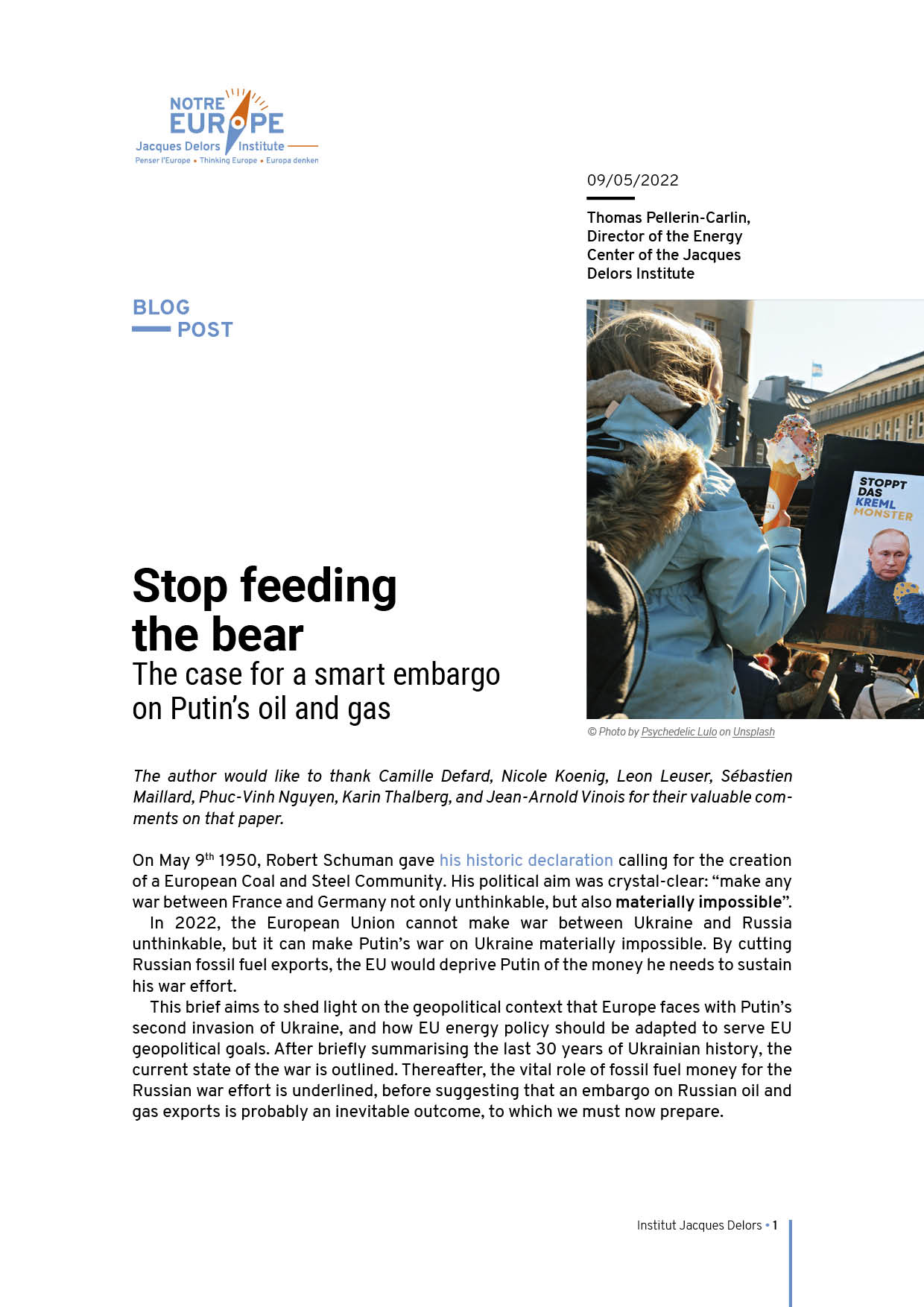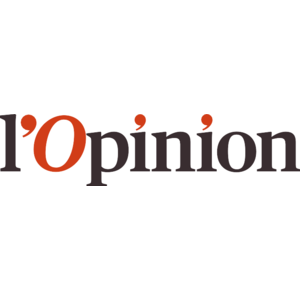Blog post
Stop feeding the bear
The case for a smart embargo on Putin’s oil and gas
Recommended citation:
Pellerin-Carlin T. 2022. “Stop feeding the bear. The case for a smart embargo on Putin’s oil and gas“, Blogpost, Paris: Jacques Delors Institute, 9 May.
On May 9th 1950, Robert Schuman gave his historic declaration calling for the creation of a European Coal and Steel Community. His political aim was crystal-clear: “make any war between France and Germany not only unthinkable, but also materially impossible”.
In 2022, the European Union cannot make war between Ukraine and Russia unthinkable, but it can make Putin’s war on Ukraine materially impossible. By cutting Russian fossil fuel exports, the EU would deprive Putin of the money he needs to sustain his war effort.
This brief aims to shed light on the geopolitical context that Europe faces with Putin’s second invasion of Ukraine, and how EU energy policy should be adapted to serve EU geopolitical goals. After briefly summarising the last 30 years of Ukrainian history, the current state of the war is outlined. Thereafter, the vital role of fossil fuel money for the Russian war effort is underlined, before suggesting that an embargo on Russian oil and gas exports is probably an inevitable outcome, to which we must now prepare.
1. How Putin’s invasion of Ukraine became a protracted symmetric war
The Soviet Empire collapsed in 1991, when its heartland – Russia – declared independence. The Ukrainian nation seized the opportunity to reborn from its historical ashes.[1] A referendum for independence was held, where a vast majority of Ukrainians, in every single region (oblast), including Crimea, Luhansk and Donetsk, voted for the creation of an independent Ukrainian Nation-State.
The independence and territorial integrity of Ukraine was legally supported by the 1994 Budapest memorandum where the US, the UK and the Russian Federation guaranteed “to respect the independence and sovereignty and the existing borders of Ukraine”.[2]
Twenty years later, one signatory violated the treaty. Putin’s Russia illegally invaded and annexed Crimea – the first annexation of a territory in Europe since the end of World War II. The Russian army has waged a, now 8-years long, war in Donbass. On February 24th 2022 Vladimir Putin invaded Ukraine a 2nd time, on a much grander scale.
At first, most military analysts expected a dissymmetric war: two post-Soviet armies fighting with similar equipment and doctrines, but with one party (Russia) being many times stronger than the other party (Ukraine). Ukraine was then expected to lose in a matter of days. Now after over two months and Ukrainian victories in Kyiv, Chernihiv and Suomi, and Russian victories in Kermina, Kherson and Mariupol, the war doesn’t look so dissymmetric after all. It rather resembles a symmetric war.
Symmetric wars can last for years. They end when one party manages a decisive breakthrough, or when both parties are so exhausted that they both give up.
In the context of a symmetric war, assuming that the EU wants to ensure Ukraine’s territorial integrity and sovereignty while avoiding a direct EU-Russia military confrontation, what are the necessary conditions to give this scenario a chance? It includes a Ukrainian military victory over Putin’s forces. Achieving this requires the war to go from symmetry, to dissymmetry, but this time in Ukraine’s favour. This means scaling-up already existing EU and national policies to deliver financial aid and military equipment to Ukraine. Additionally, the EU should find ways to weaken Putin’s side enough to create dissymmetry on the battlefield. This is where energy takes the centre stage.
2. Putin’s war on Ukraine is also a hydrocarbon war
The Russian economy is weak and constitutes one of Putin’s Achilles heels. Its GDP is comparable to Spain’s, despite Russia being three times more populated. Russia’s GDP per capita is comparable to Bulgaria’s – the EU’s poorest Member State. The Russian economy is based on the export of untransformed raw materials, especially crude oil and fossil gas. Russia has neither the diversified big corporates France enjoys, nor the industrial powerbase Italy keeps, nor the strong mittelstand Germany has, nor the breakthrough innovative companies Estonia developed.
The Russian energy-military nexus can be summarised in two figures. Russian fossil fuel exports to the EU alone generates around 250Bn€[3]. The whole Russian military budget amounts to 60Bn€ (cf. figure 1).
The bottom line is simple: Putin’s war on Ukraine is a hydrocarbon war. It is Europe’s dependence on Russian oil and gas that gives Putin the material means to wage war. To oversimplify: no more hydrocarbon money, no more war. But it takes time for economic sanctions to deliver their full impacts. Ending fossil fuel financial flows today from the EU to Russia will not stop the war immediately, but it will put an increasing pressure on Putin that eventually will constrain the Russian military. However significant such sanctions might be, the most ambitious EU proposal[4] so far is only to gradually phase out most Russian oil imports by the end of 2022, and possibly phase-out Russian gas imports by 2027. Why so slow?
3. How Europeans chose to become addicted to Russian fossil fuels
The EU dependence on fossil fuels is the consequence of political choices. Contrary to popular narratives, the first industrial revolution was powered, not by coal, but by renewables. The textile industry got its raw materials from human labour. The raw materials and final products were shipped all over the already globalised 19th century economy using another renewable energy: the wind that powered the sails of all commercial ships.
It is only with the 2nd and 3rd industrial revolutions that coal, oil and gas became major energy sources. This was the result of a myriad of political decisions that have entrenched deep socio-technical choices.[5] It created the modern-day European energy system based on a wasteful and inefficient use of vast quantities of fossil fuels.
At first, European empires used domestic fossil fuels. Coal was plentiful in Germany. Oil was plentiful in the British Empire. Gas was plentiful in the Netherlands. But decades of resource depletion, increasing energy demand and decolonization led Europeans to turn to Russian energy. This dependence was accentuated by twenty years of German-Russian gas cooperation that led to the creation of the Nord Stream 1 pipeline, as well as the continuous German governmental support to the Nord Stream 2 pipeline despite the 2014 annexation of Crimea, the war in Donbass and EU opposition to that project.[6]
In 2019, around 25% of the energy we consumed in Europe came from Russia.[7] Hence introducing an embargo on Russian fossil fuels means going from a historic one quarter of Russian energy dependence, to zero.
4. Act now as if an embargo was inevitable: sufficiency, efficiency, renewables and diversification.
We need to act today as if an embargo on Russian oil and gas was inevitable, because it most likely is. The moral schizophrenia of European leaders, on the one hand claiming they are on Ukraine’s side and horrified by Putin’s war crimes, while on the other hand handing billions of euros (or roubles) in cash to the same Vladimir Putin so he materially can continue to wage war and commit war crimes, is eventually untenable. Moreover, we now live under Putin’s Damocles sword of potential gas supply cuts to all EU Member States, as he already did for Poland and Bulgaria on April 27th 2022. But which specific actions should we take?
On March 8th the European Commission published its REPowerEU communication. Compared to the last decades of procrastination, the communication looks ambitious on a few topics, like heat pumps. But it is unambitious compared to what we need to do both for peace in our time and for avoiding climate chaos. Moreover, it contains many blind spots, from energy sufficiency to building renovation and the development of clean technologies. As the Commission updates its plan on May 18th, a good starting point would be to think how we can rise up to the moment.
Let’s take inspiration from a recent massive scale-up: COVID testing. From March 2020 onwards, we went from a very low capacity of performing mostly a single type of test, to the capacity to administrate millions of different kinds of tests every day in Europe. This was not the result of some invisible hand, but a general mobilisation of the entire society. From individuals choosing to undergo the tests, to pharmacists administering them. From labs analysing the results, to developers building digital platforms to centralise and disseminate them. And last but not least, the innovative companies that created a portfolio of COVID testing solutions. Today, we need a similar general mobilisation of society, to be able to deliver a scale-up in the coming weeks, months and years. Adapted to the energy system, this means a general mobilisation around four complementary building blocks: sufficiency, efficiency, renewables, and diversification.
Energy sufficiency first! Energy sufficiency means reducing our energy demand through changes in our individual and collective behaviours[8]. Using the 2011 Japanese Setsuden campaign as a benchmark, vast energy sufficiency campaigns have the potential to cut demand immediately by an order of magnitude of around 15%.[9] Some energy sufficiency measures are as common and painless as handwashing in times of COVID: putting on a sweater in the winter to cut heating[10] or stopping to waste energy to heat outdoor café terraces. Others will be as painful as a COVID nasal test: reducing speed limits on highways by at least 10km/h, or taking a 6-hours long train ride rather than a 3h taxi-plane-taxi travel. Finally, some measures can be done by the most favoured in our societies, while not being imposed to the weakest: healthy adults can heat their home at a maximum of 16°C, and wealthier people can transform their bi-monthly air-travel leisure trips into local train-transported tourism for the next two years. Here, the challenge is strictly political, and the European Commission should be a part of the solution to that political conundrum, at least by showcasing best practices from countries throughout history, including Western-European countries after the first oil shock.
Yet, even with ambitious energy sufficiency campaigns, we will fall short of the objective to become fully independent from Russian fossil fuels. That’s where energy efficiency and renewables come into play.
Energy efficiency is vital to Europe’s energy security. The EU managed to reduce its energy demand by 10% (2006-2019), and thus import less energy from abroad. But more should have been done. As a recent IDDRI study shows, if France had successfully implemented its national building renovation plans, it would have reduced gas consumption enough to be fully independent from Russian gas today. Indeed, a deep renovation of a building cuts its energy consumption by 60 to 90%.
The story is similar for renewables. This is especially the case for renewable heat that is the most direct competitor to fossil gas in the heating sector. Efficient biomass heating systems, solar heating, heat pumps, are all renewable heating systems that can be quickly deployed to scale-down EU gas consumption. In other words: “keep Putin away, buy a heat pump today!”. This is also the case for renewable electricity: any new solar panel or wind turbine generating new electrons, replaces electrons that would have been produced by a gas power plant.
The upside of energy efficiency and renewables is that they are quickly deployable at the local level. It only takes two hours to have your entire heating system efficiency checked. Two days to install a heat pump. Two weeks to deeply renovate your building, the EnergieSprong way.
The downside is that it takes months and years for energy efficiency and renewables to be deployed at scale. Hence, the European Union’s top priority today should be to renovate as many oil and gas-heated buildings as possible, and install as much renewables as possible before the next winter comes, and then after, every year. This helps relieve the pressure of high oil, gas and electricity prices; and protects Europeans from catastrophic climate change by reducing greenhouse gas emissions.
Finally, sufficiency, efficiency and renewables are unlikely to be rolled out quickly enough and at scale, to immediately and fully free Europeans from Russian fossil fuels. To close the loop, we need a degree of diversification that replaces Russian fossil fuels by non-Russian fossil fuels. While this policy option has taken centre-stage in policy making, including the aforementioned European Commission communication, we must underline that this option is the costliest and dirtiest and should therefore be used as a very last resort, not the default option.
Some diversification can cause damage by being costly to our economies and harmful to our future, like the current German Government decision to build new Liquified Natural Gas (LNG) terminals to allow German importers to outbid Asian importers that intend to switch from coal to gas power generation. So far, most of the political debates have been focusing on this so-called diversification, staying between Scylla and Charybdis, at a cost for the EU economy that will be as painful as LNG prices are high. Some diversification can be done smartly, in a way that is consistent with our geopolitical and climate objectives, such as by building an EU-Algeria Green Deal that would see Algeria massively deploying solar panels to reduce Algerian domestic gas consumption. Rather than using Algerian gas to produce electricity, Algerians could sell this gas to replace Russian gas in South-Central-Eastern Europe (Italy, Greece, Bulgaria).[11]
5. Escrow accounts: prepare for the hard embargo, plan a smart one
With a general mobilisation that articulates sufficiency, efficiency, renewables, and a reasonable diversification towards non-Russian fossil fuels, Europe will be ready for a hard embargo on Putin’s oil and gas.
But as this hard embargo has its downfalls, it is worthwhile looking for avenues that might allow Europe to continue to import Russian energy while depriving Putin of that Russian hydrocarbon money. This could be done through the use of escrow accounts. How would this work? The EU would sanction Russian oil and gas banks, ask EU importers to continue to pay money for their imports, but on an ad hoc bank account that is frozen. The money would stay there for as long as the EU sanctions remain in place. The billions would pile up on the frozen accounts, depriving Putin of the money he needs to wage war.
The major downside of that kind of smart embargo is that Vladimir Putin could respond with a hard embargo and shut down Russian energy exports to the EU. The EU must therefore already put in place all the sufficiency, efficiency, renewables and diversification measures it can in order to mitigate the impacts of such a hard embargo on the European economy and society. In other words: prepare for the worst (hard embargo), plan for the best (smart embargo).[12]
. Conclusion
Europe is living a litmus test. War is now back on the Continent. Thousands of Ukrainians are dying to defend their freedom. Despite war crimes, Europeans continue to finance Putin’s war in Ukraine by buying Putin’s oil and gas. This underlines the deep geopolitical risks that come with dependence on fossil fuels.
We can free ourselves from our dependence on Russian energy. For this, we need a general mobilisation of European societies, citizens, workers, companies, and States in favour of energy sufficiency behaviours, energy efficiency and renewables. This should be complemented by a reasonable diversification towards non-Russian fossil fuels. This prepares Europe to overcome a hard embargo.
As an immediate embargo is not in Europe’s best energy interest, attempting to introduce a smart embargo based on escrow accounts is worth trying as it would achieve the same geopolitical results (i.e. depriving Putin the material means to successfully wage war on Ukraine), while avoiding the worst impact on Europe (i.e. the sudden end of physical flows of Russian oil and gas to Europe). During the European Council of May 30th-31st, heads of state and governments should try to reach a compromise that supports an immediate implementation of the escrow accounts, while still moving forward with the European Commission May 4th proposal for a slow-moving oil embargo that takes full effects by the end of 2022 for most of the Union, and 2023 for Hungary and Slovakia.
In the worst case scenario, a hard embargo would force Europeans to drastically speed up what they already planned to do to help save our world from climate chaos. In the best case scenario, a decisive European energy policy move will likely save thousands of Ukrainian and Russian lives by putting a quicker end to the war. It would also be an opportunity to broaden the Green Deal narrative and project. The climate narrative, however true, is generally more popular amongst younger, more female, more western, more left-wing Europeans.[13] Putin’s 2nd invasion of Ukraine reminds us of the national security narrative that drove the first political attempts of the Energy Union, and that is generally more popular amongst older, more male, more eastern, more right-wing Europeans.[14] Every action we make in favour of sufficiency, efficiency and renewables delivers both a climate and a security result. By proposing a general mobilisation around those pillars, the European Commission communication on energy savings expected for May 18th has the opportunity to deliver a single message that will speak to nearly all Europeans. It can show how the European Green Deal is now an existential component of a European integration project built on peace and freedom.
References
[1] From “the line of the Cossacks”, as the Ukrainian National Anthem goes
[2] Such a security guarantee was also meant to mitigate the risk of nuclear proliferation, as it allowed Ukraine to dismantle its vast nuclear weapon arsenal inherited from the Soviet Union.
[3] According to CREA, between February 24th and May 4th, the EU paid around 52Bn€ to Russia for its fossil fuels, including 30Bn for gas, 20Bn for oil, and 0,8Bn for coal. Extrapolating that number under a scenario of continuously high fossil fuel prices and without severe further decrease of EU oil and gas imports from Russia, would lead to payments in the range of 250Bn€. This estimate can be criticised as being too low or too high, but helps understand the order of magnitude of Russian fossil fuel sales to the EU and compare it to the Russian military budget.
For a look at recent 2021 data, according to the International Energy Agency, oil and gas revenues made up half of the Russian federal budget.
[4] The EU already adopted an embargo on Russian coal, that will take full effect by August 10th 2022.
[5] To name just one example, to increase the speed of cars in cities, early 20th century policy makers introduced legal innovations to expel pedestrians from public space, such as the invention of jaywalking.
[6] The Nord Stream 1 and 2 pipelines would have had a combined capacity of 110 billion cubic meters of gas/year. That more than what is needed to cover the German gas demand that has been slightly declining from its 2006 gas consumption peak of 92bcm. The German government continued to support the Nord Stream 2 project until the eve of Putin’s second invasion of Ukraine.
[7] This includes <5% of our energy coming from Russian coal, ~10% coming from Russian gas, and ~10% coming from Russian oil. All those data are the author’s calculations based on Eurostat data on, (1) share of each energy source in the EU final energy mix, (2) import dependence of the EU on each specific energy source, and (3) share of Russian imports in overall imports for each specific energy source. All data use 2019 as a baseline. For a map of national dependence on Russian gas, please refer to figure 1 of this Bruegel publication.
[8] For a deeper look at the definition and role of energy sufficiency, the readers may refer to a forthcoming publication by Leon Leuser and Thomas Pellerin-Carlin.
[9] This figure should only be used as a broad order of magnitude as there are differences between 2011 Japan and 2022 European Union. The cut in consumption will moreover differ depending on the sectors. It is likely to be smaller in the transport sector -and thus for oil consumption, while the savings in the electricity and heating sectors will largely depend on the target temperature.
[10] This example highlights that sufficiency behaviours are already adopted by large segments of society, especially the poorest who are already cutting their energy demand out of economic necessity. The societal challenge is thus to ensure the mass adoption of such energy sufficiency behaviours.
[11] For an overview of the role of Algeria in the EU gas supply, the readers may also refer to the Bruegel database on European natural gas imports.
[12] A second-best alternative to the escrow accounts would be to introduce a special tax on Russian fossil fuel imports to the European Union. This would limit Putin’s revenues, but not freeze them entirely. For more on this proposal, readers may refer to this recent Bruegel blogpost.
[13] See in particular this 2021 Eurobarometer study, especially the answers to QB2R.
[14] See in particular this ECFR study on selected EU countries.
SUR LE MÊME THÈME
ON THE SAME THEME
PUBLICATIONS
A world turned upside down

A new internal security strategy for the European Union

The Road to a New European Automotive Strategy: Trade and Industrial Policy Options
MÉDIAS
MEDIAS
Face à l’alliance entre Trump et Musk, le silence assourdissant des Européens

La fin du transit du gaz russe par l’Ukraine met l’UE sous pression

Fin du gaz russe : vers une crise inédite en Transnistrie ; inquiétudes en UE

ÉVÉNEMENTS
EVENTS
Euroquestions #69 | For an Energy Union 2.0. to implement the Green Pact [FR]

Euroquestions #64 | A look back at the 2023 State of the Union speech [FR]

Conférence Jacques Delors 2023 – La transition écologique [FR]

European Conference | Harvard

Round Table | Energy PROSPECTS EU Knowledge Exchange Workshop

Euroquestions #55 | European foreign and defense policy tested by the war in Ukraine [FR]

Webinar | Franco-German perspectives: energy economics

Euroquestions | What about energy poverty in Europe and its challenges in times of inflation? [FR]

Webinar | What financial architecture for the EU to face the economic, security and environmental challenges of the 21st century?

Round-tables on new gas perspectives for the EU

Euroquestions | The Geopolitics behind the European Gas Shock

Table Ronde : “La politique européenne de l’énergie à l’heure du changement climatique”

Paris, 5 November 2019 – How to finance Energy Innovation in Europe in order to reach Climate neutrality by 2050?

